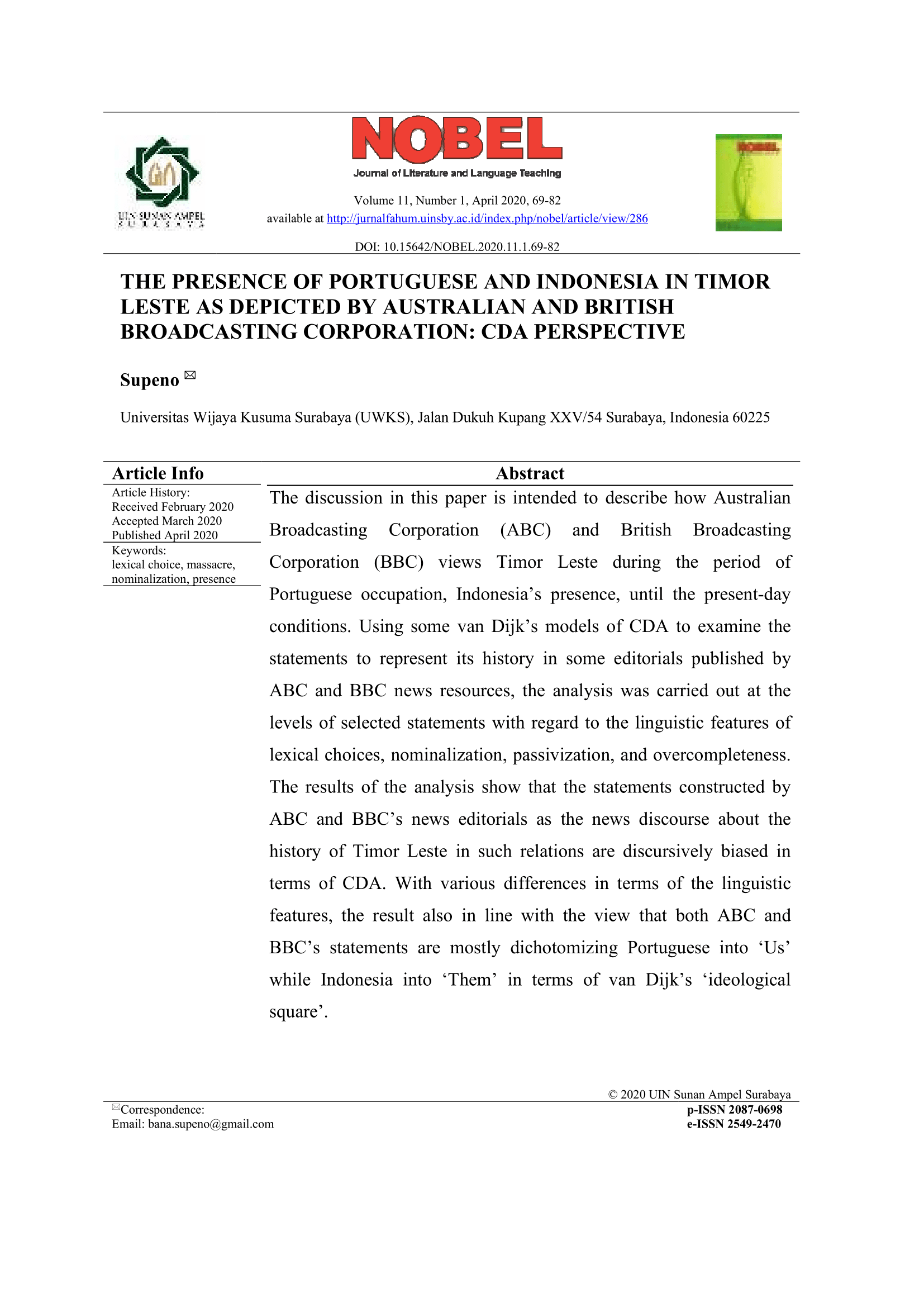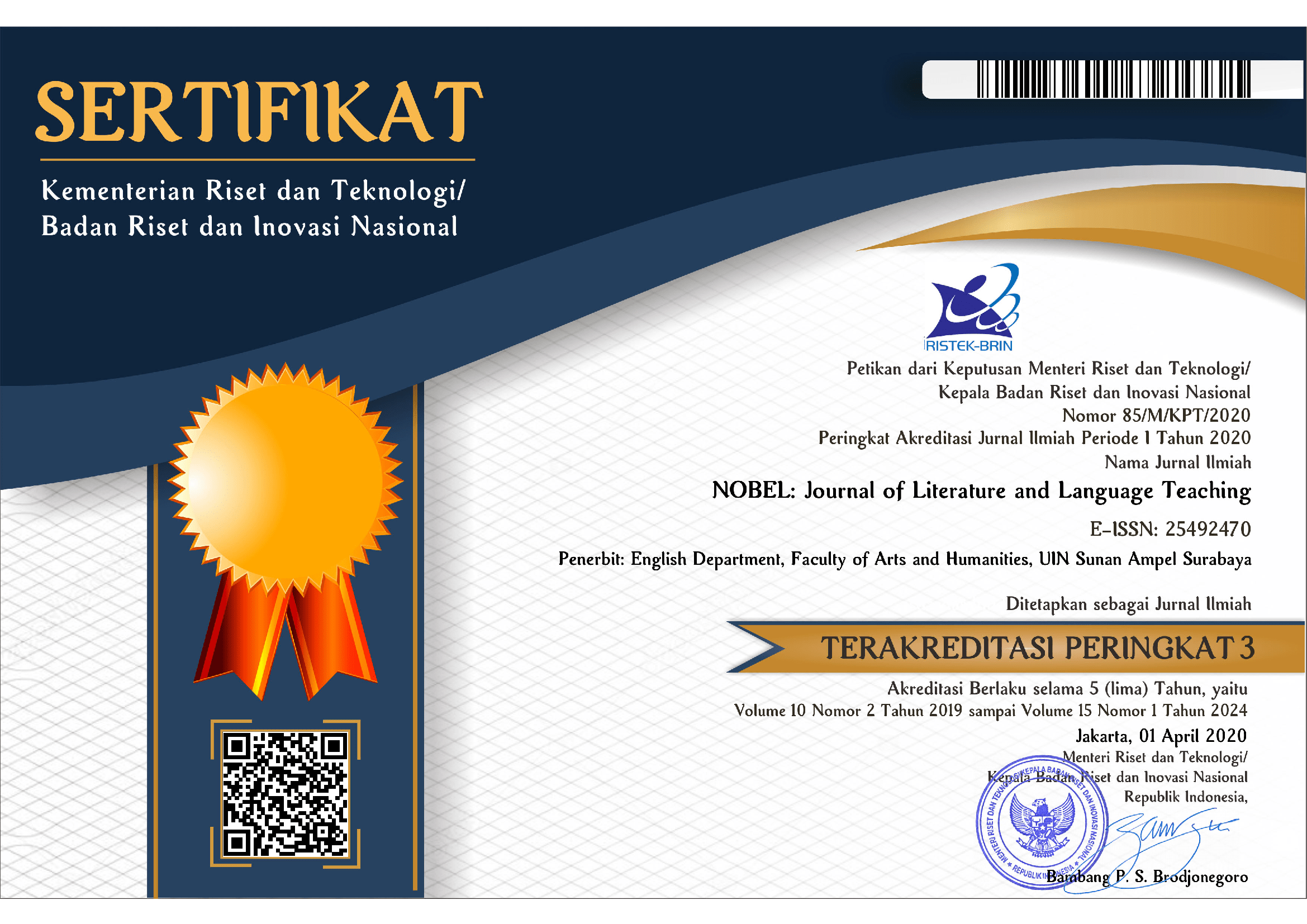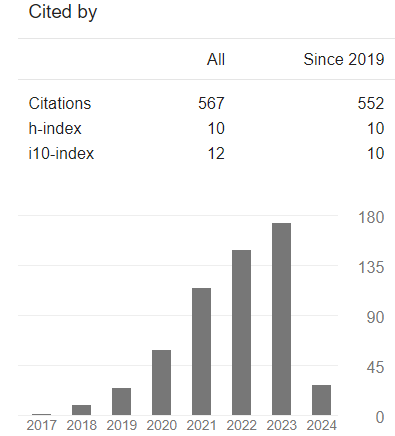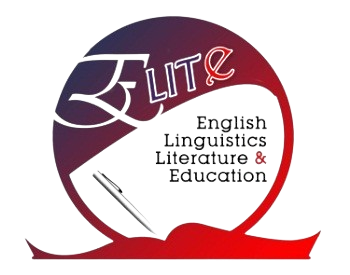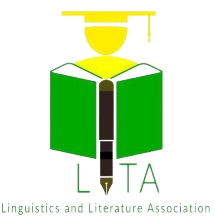The Presence of Portuguese and Indonesia in Timor Leste as Depicted by Australian and British Broadcasting Corporation
CDA Perspective
DOI:
https://doi.org/10.15642/NOBEL.2020.11.1.69-82Keywords:
lexical choice, massacre, nominalization, presenceAbstract
The discussion in this paper is intended to describe how Australian Broadcasting Corporation (ABC) and British Broadcasting Corporation (BBC) views Timor Leste during the period of Portuguese occupation, Indonesia’s presence, until the present-day conditions. Using some van Dijk’s models of CDA to examine the statements to represent its history in some editorials published by ABC and BBC news resources, the analysis was carried out at the levels of selected statements with regard to the linguistic features of lexical choices, nominalization, passivization, and overcompleteness. The results of the analysis show that the statements constructed by ABC and BBC’s news editorials as the news discourse about the history of Timor Leste in such relations are discursively biased in terms of CDA. With various differences in terms of the linguistic features, the result also in line with the view that both ABC and BBC’s statements are mostly dichotomizing Portuguese into ‘Us’ while Indonesia into ‘Them’ in terms of van Dijk’s ‘ideological square’.
Downloads
References
Australia Broadcasting Corporation. (2006). East Timorese mark 15th anniversary of Santa Cruz massacre. ABC. Retrieved from https://www.abc.net.au/news/2006-11-12/e-timorese-mark-15th-anniversary-of-santa-cruz/1307574
Australia Broadcasting Corporation. (2007). East Timor split on language. ABC. Retrieved from https://www.abc.net.au/news/2007-07-13/east-timor-split-on-language/2502380
Australia Broadcasting Corporation. (2009a). Invasion to independence in East Timor”. ABC. Retrieved from https://www.abc.net.au/news/2009-08-30/invasion-to-independence-in-east-timor/1409756
Australia Broadcasting Corporation. (2009b). East Timor massacre may have been solved. ABC. Retrieved from https://www.abc.net.au/news/2009-04-02/east-timor-massacre-mystery-may-have-been-solved/1639238
Australia Broadcasting Corporation. (2012). East Timor celebrates independence anniversary”. Retrieved from https://www.abc.net.au/news/2012-05-20/east-timor-celebrates-independence-anniversary/4021968
Billig, M. (2008). The language of critical discourse analysis: The case of nominalization. Discourse & Society, 19(6), pp. 783-800. Retrieved from https://journals.sagepub.com/doi/pdf/10.1177/0957926508095894
British Broadcasting Corporation. (1999a). East Timor: The view from Portugal by Lisbon correspondent Alison Roberts”. BBC. Retrieved from http://news.bbc.co.uk/2/hi/europe/301656.stm
British Broadcasting Corporation. (1999b). Timorese remember cemetery massacre”. BBC. Retrieved from http://news.bbc.co.uk/2/hi/asia-pacific/517133.stm
British Broadcasting Corporation. (2000a). Wahid apologise for Timor vilence. Retrieved from http://news.bbc.co.uk/2/hi/asia-pacific/660498.stm
British Broadcasting Corporation. (2002). Timeline: East Timor 1975 to 2002. BBC. Retrieved from http://news.bbc.co.uk/2/hi/asia-pacific/903657.stm
British Broadcasting Corporation. (2013) East Timor profile: Overview. BBC. Retrieved from https://www.bbc.com/news/world-asia-pacific-14952878
Evans, V. (2007). A glossary of cognitive linguistics. Edinburgh: Edinburgh University Press Ltd.
Fairclough, N. (1995a). Critical discourse analysis: The critical study of language. London: Longman.
Fairclough, N. (1995b). Media discourse. London: Edward Arnold.
Ferguson, R. (1998) Representing race: Ideology, identity and the media. London: Arnold Publishers.
Fowler, R. (1991). Language and the news: Discourse and ideology in the press. London: Routledge.
Herman, E. & Chomsky, N. (1988). Manufacturing consent. NY: Pantheon Books.
Klaehn, J. & Mullen, A. (2010). The propaganda model and sociology: Understanding the media and society. Sociology Faculty Publications. 5, pp. 10-23. Retrieved from http://scholars.wlu.ca/soci_faculty/5
Leech, G. (2006). A glossary of English grammar. Edinburgh: Edinburgh University Press Ltd.
Richardson, J.E. (2007). Analyzing newspapers. Basingstoke: Palgrave Macmillan.
van Dijk, T.A. (1987). Episodic models in discourse processing. In R. Horowitz & S.J. Samuels, (Eds.), Comprehensing oral and written language, (pp.161-196). New York: Academic Press.
van Dijk, T.A. (1995). Discourse analysis as ideology analysis. Language and Peace. 10, pp. 47-142.
van Dijk, T.A. (1998). Ideology: A multidisciplinary approach. London: SAGE Publications.
van Dijk, T.A. (2000). Ideology and discourse: A multidisciplinary introduction. Barcelona: Pompeu Fabra University.
van Dijk, T.A. (2005). Introduction to social semiotics. London: Routledge.
van Dijk, T.A. (2006). Discourse and manipulation. Discourse and Society, 17(3), pp. 359-383. https://doi.org/10.1177/0957926506060250.
van Dijk, T.A. (2009). Critical discourse studies: A sociocognitive approach”, In Wodak and Meyer [Eds.] Methods of critical discourse analysis (pp. 62-85). London: SAGE.
Wilkins, K.G. (1997). Middle eastern women in western eyes. London: Greenwood Publishing Group Inc.
Xie, Q. (2018). Critical discourse analysis of news discourse. Theory and Practice in Language Studies, 8(4), pp. 399-403, doi: http://dx.doi.org/10.17507/tpls.0804.06
